ITS Academy Apulia Digital and Kabum: High-Resolution Photogrammetry for the Digital Industry
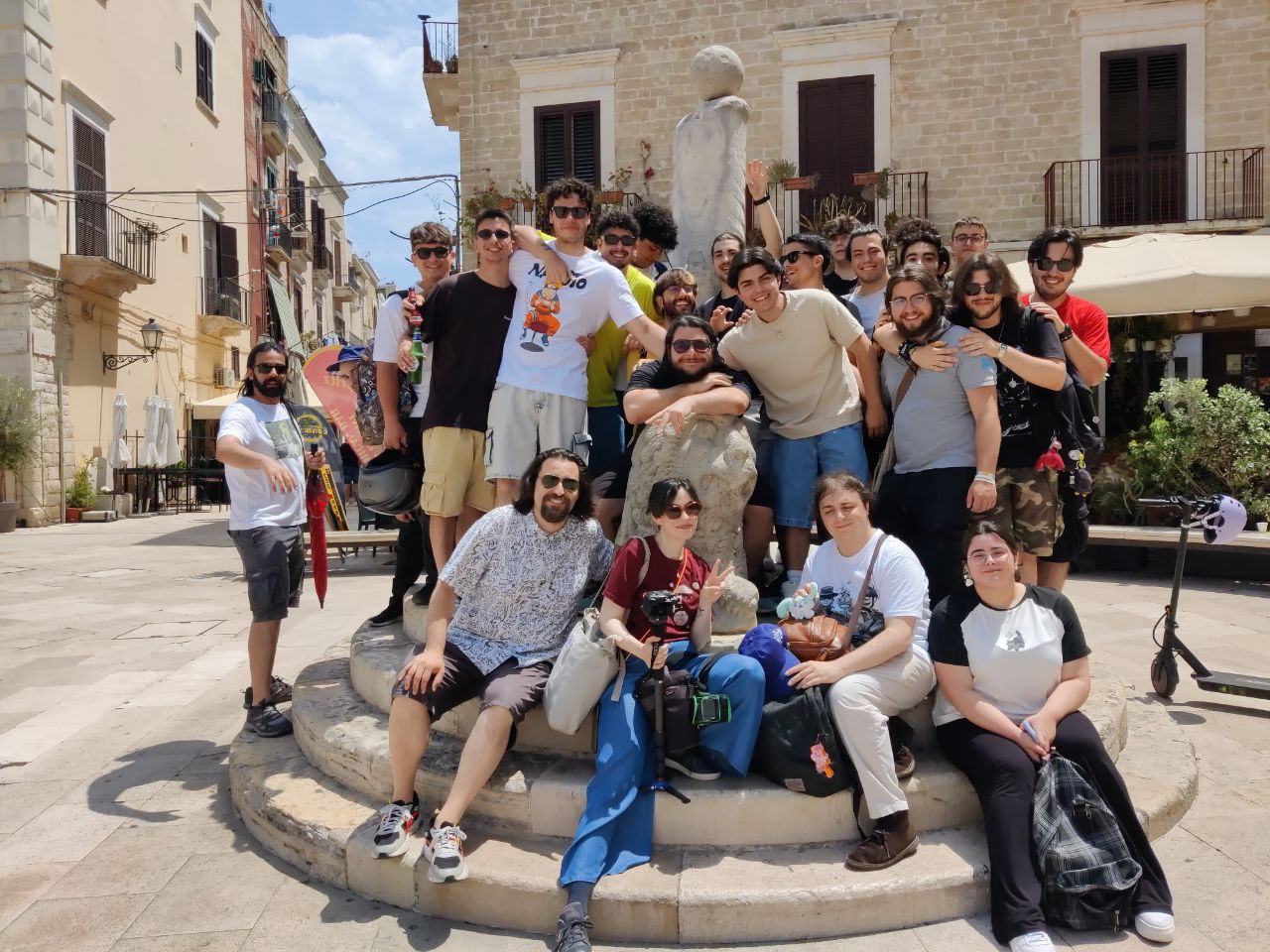
The line between cultural heritage and the 3D industry is rapidly blurring. We are thrilled to share a groundbreaking educational project conducted with the Game Development class from ITS Academy Apulia Digital, demonstrating how photogrammetry is becoming an essential skill set for future CGI and video game development professionals.
We took students out of the classroom for a hands-on 3D scanning experience, using the historical heart of Puglia as our laboratory. The goal: to create a production-ready Digital Asset.
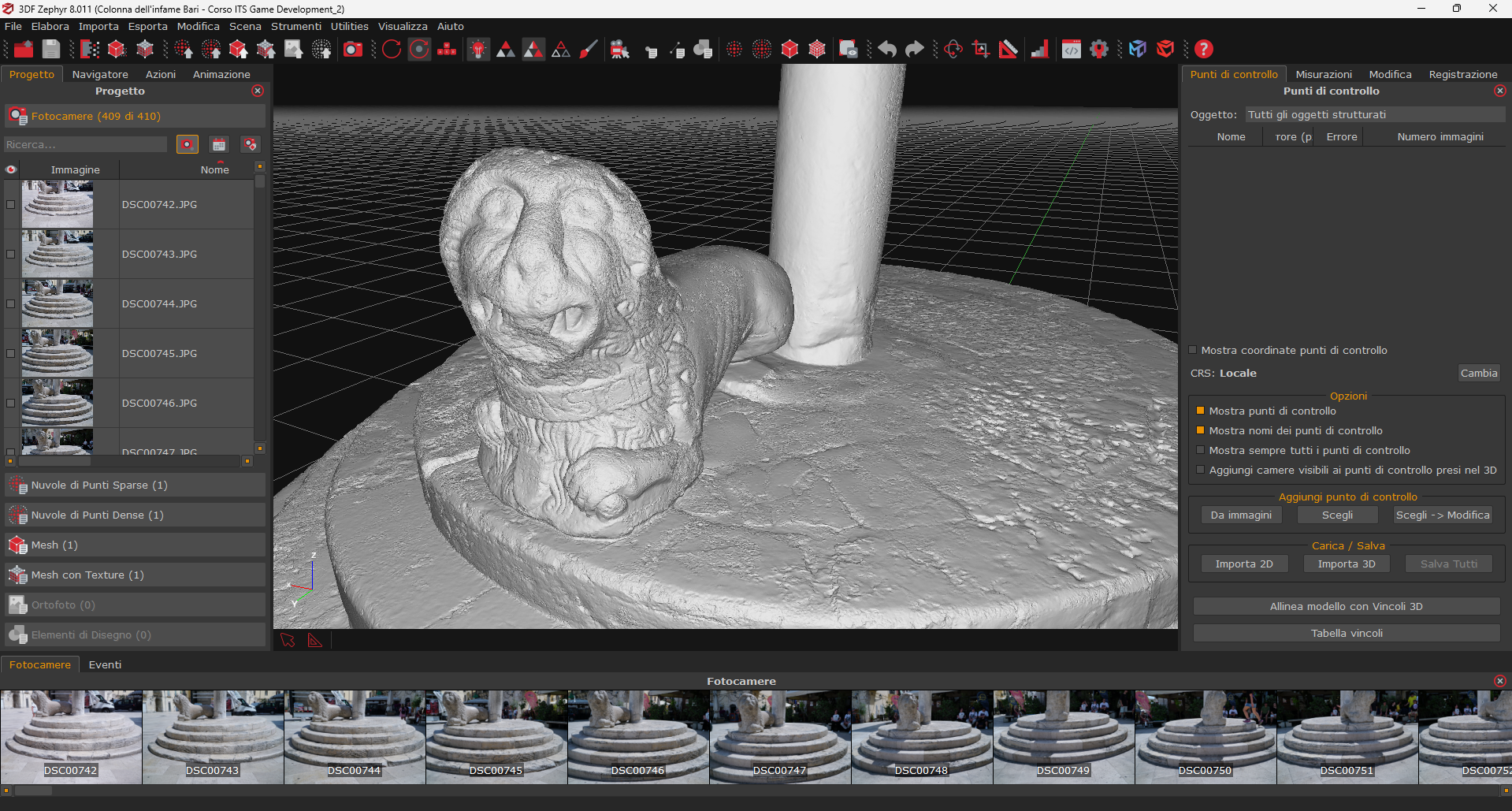
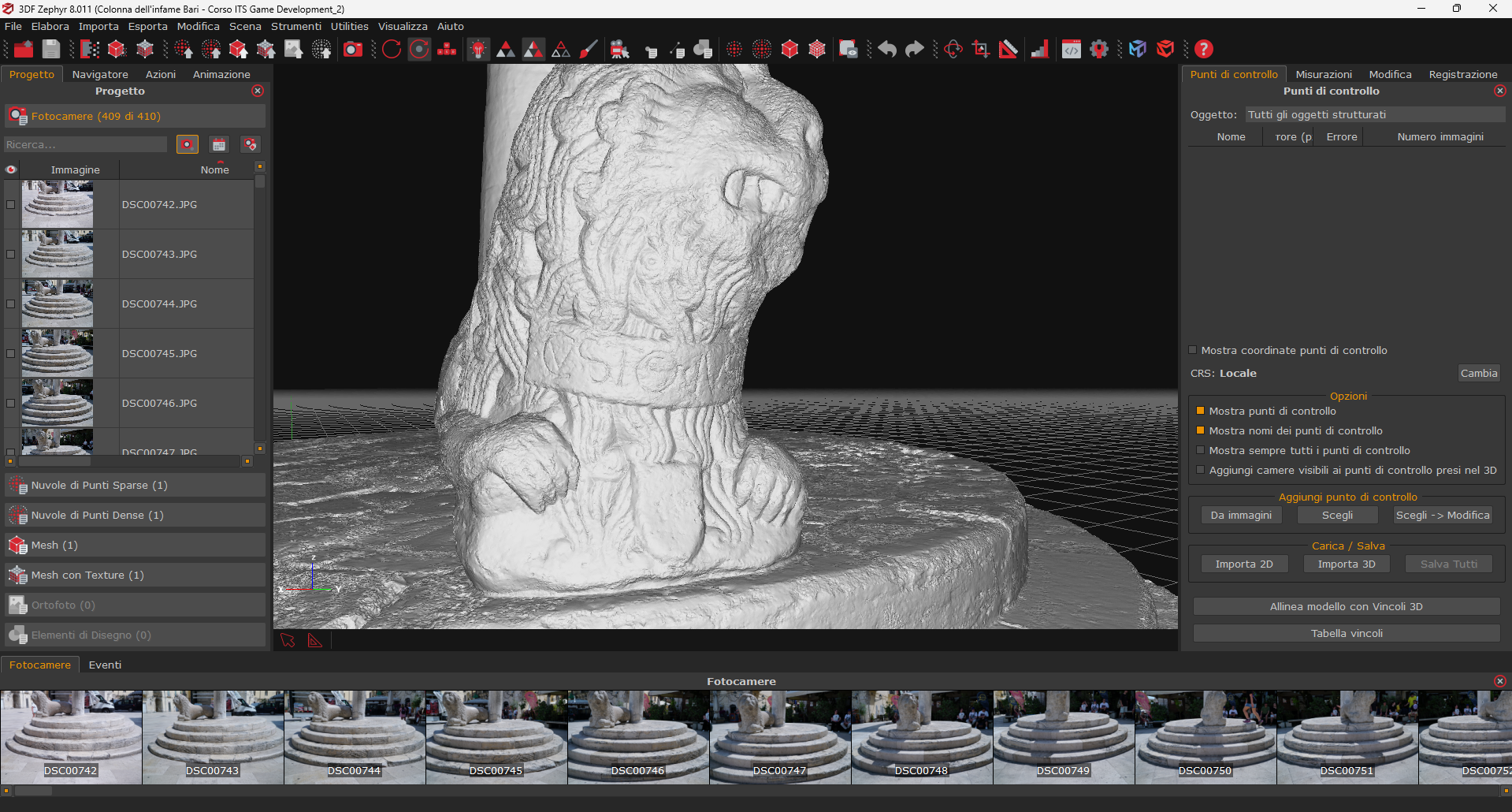
From History to 3D Asset: Scanning Bari’s Infamous Column
The subject of our photogrammetry session was the historic Colonna Infame (Infamous Column), located in the iconic Piazza Mercantile in Bari. Led by photographer Teresa Romano for the photographic acquisition and data analysis, we transformed this monument into a high-fidelity photogrammetry 3D model.
Why digitalize a cultural asset like the Infamous Column?
- Digital Preservation: To create a “digital twin” for conservation and research purposes.
- AAA Asset Quality: To generate highly detailed prop and environment assets with unparalleled fidelity, crucial for triple-A video games and VFX production (Visual Effects).
- VR/AR Immersion: To provide the foundation for hyper-realistic Virtual Reality (VR) and Augmented Reality (AR) experiences, leveraging the students’ Augmented, Virtual, and Mixed Reality training.
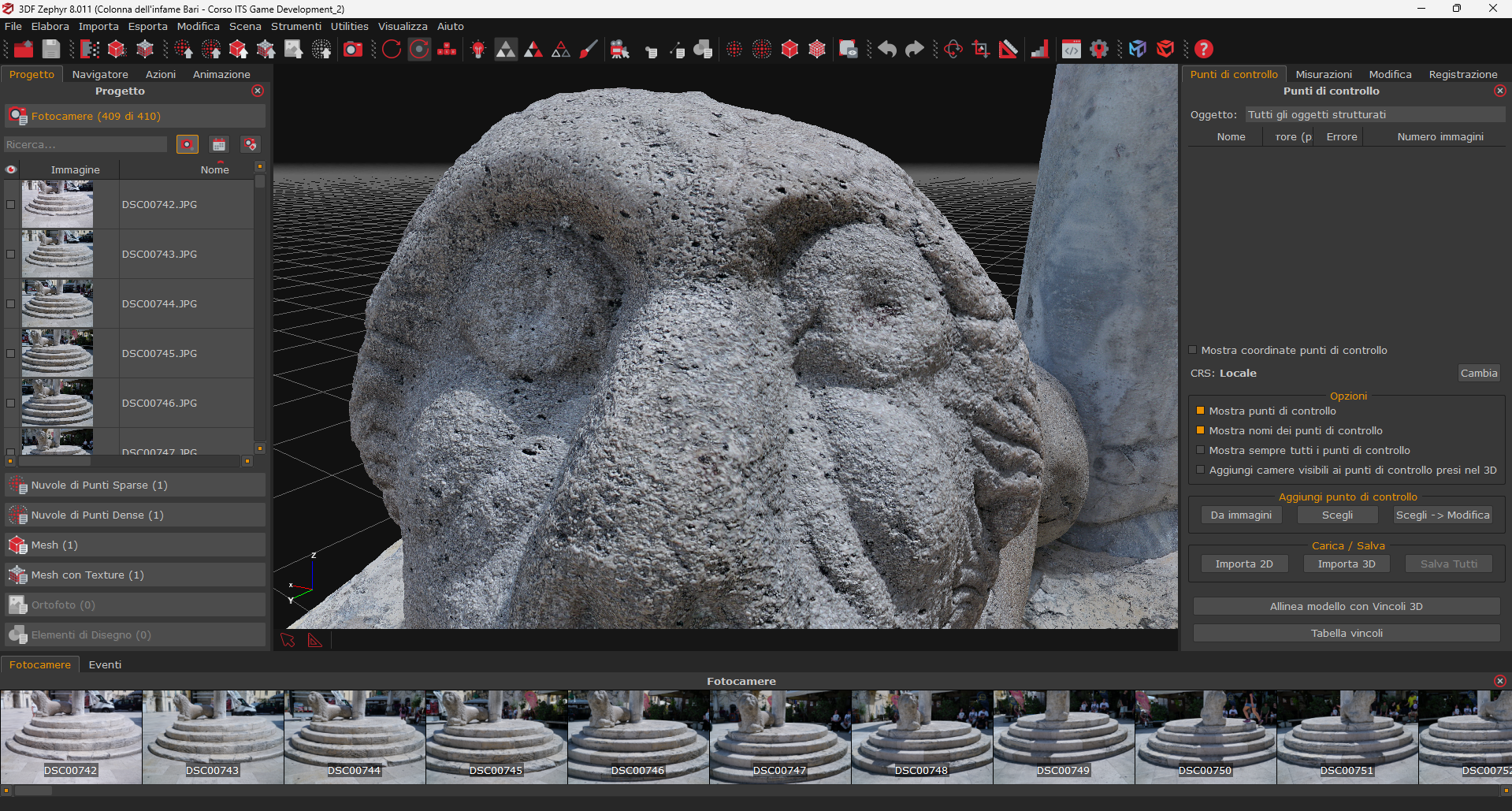

The Workflow: From Photo Shoot to Optimized 3D Model
The core of this project lies in the professional photogrammetry workflow. Students were not just taking pictures; they learned to manage the entire pipeline:
- Photographic Data Acquisition: Precise shooting plans and lighting management, fundamental for optimal texturing.
- Software Processing (3DF Zephyr): Generating the dense point cloud and meshing.
- Post-Production: Cleaning, optimization, and the crucial steps of Retopology and UV Unwrapping executed in Blender (the free and open-source 3D software), to prepare the model for use in game engines as a production-ready asset.
This practical approach prepares students not only for 3D modeling but for the entire lifecycle of a digital asset.
Technology and Education: The Role of 3Dflow
A cornerstone of this project was the partnership with 3Dflow, the Italian excellence in Computer Vision software.
We extend a special thank you to 3Dflow for supporting this educational initiative by generously providing licenses for the 3DF Zephyr software to all 30 students. Working with industry-standard tools is critical for training developers and artists ready for the job market.
Our gratitude also goes to Euclide Della Vista and Course Coordinator Fabio Belsanti for strongly believing in the integration of these innovative methodologies into the 3D for Game Developers curriculum, demonstrating a forward-thinking vision for education.
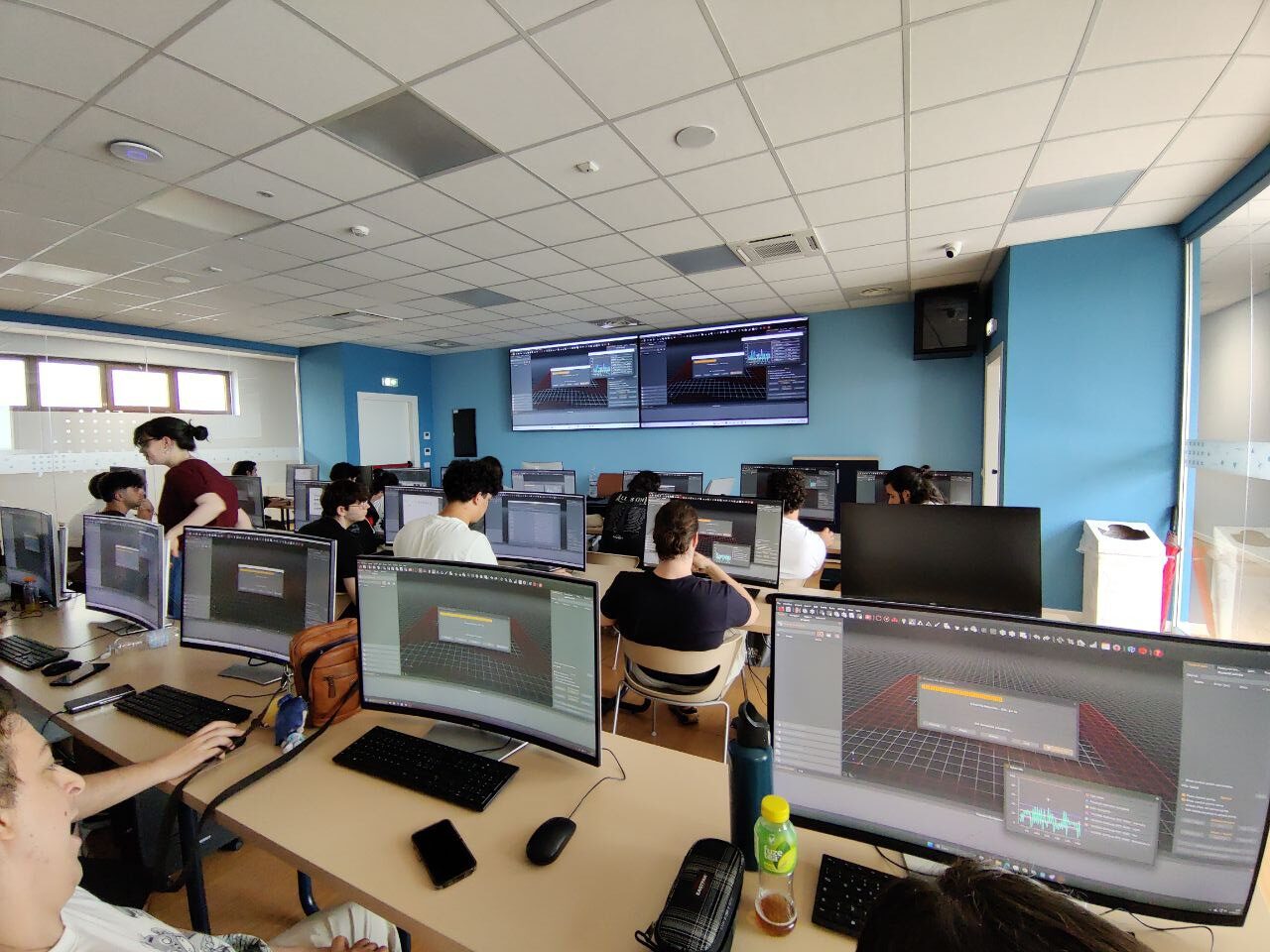
Why This Matters to CGI Professionals:
The ability to rapidly create photorealistic assets through reality capture is a game changer for reducing production time and costs. This is the future of content creation for Unreal Engine and Unity environments, and a non-negotiable skill for those working in cinematic VFX.
This project demonstrates Kabum’s commitment to building a strong bridge between academic training and industry demands.
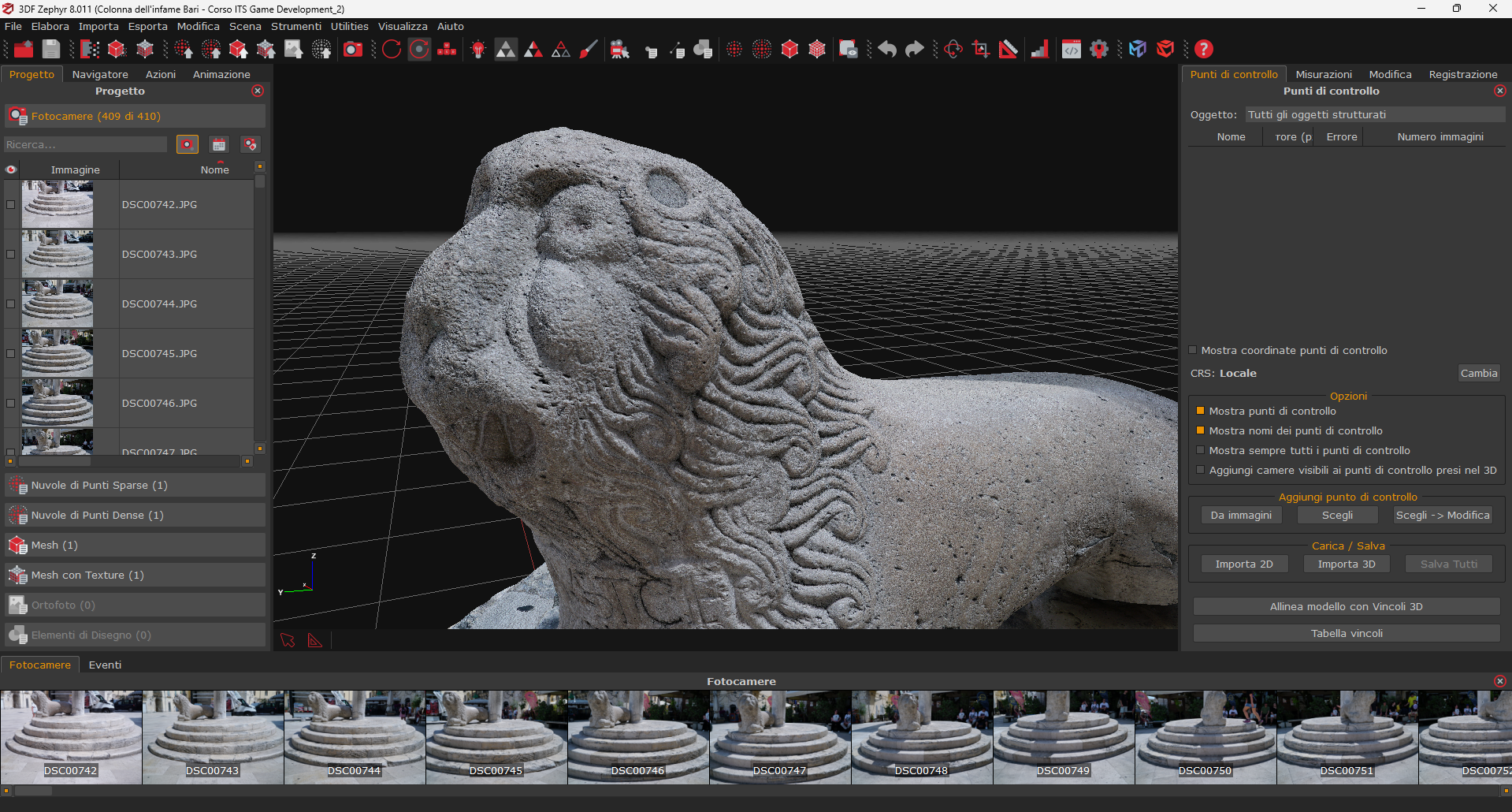




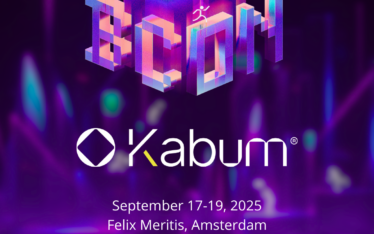
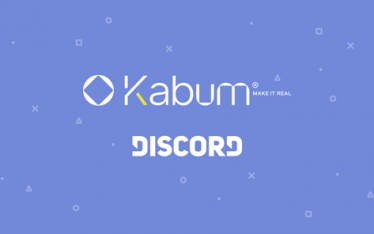
Recent Comments
No comments